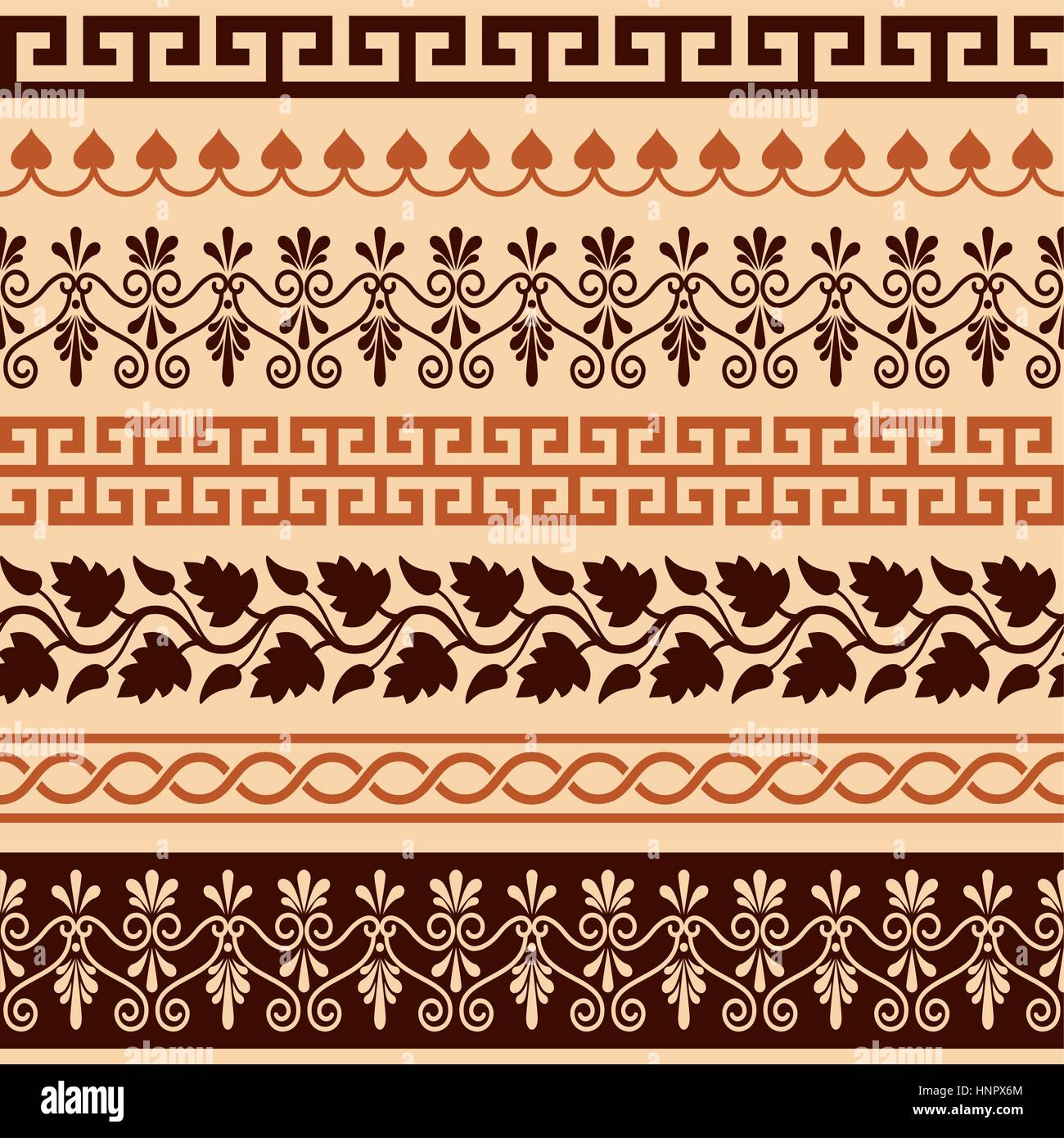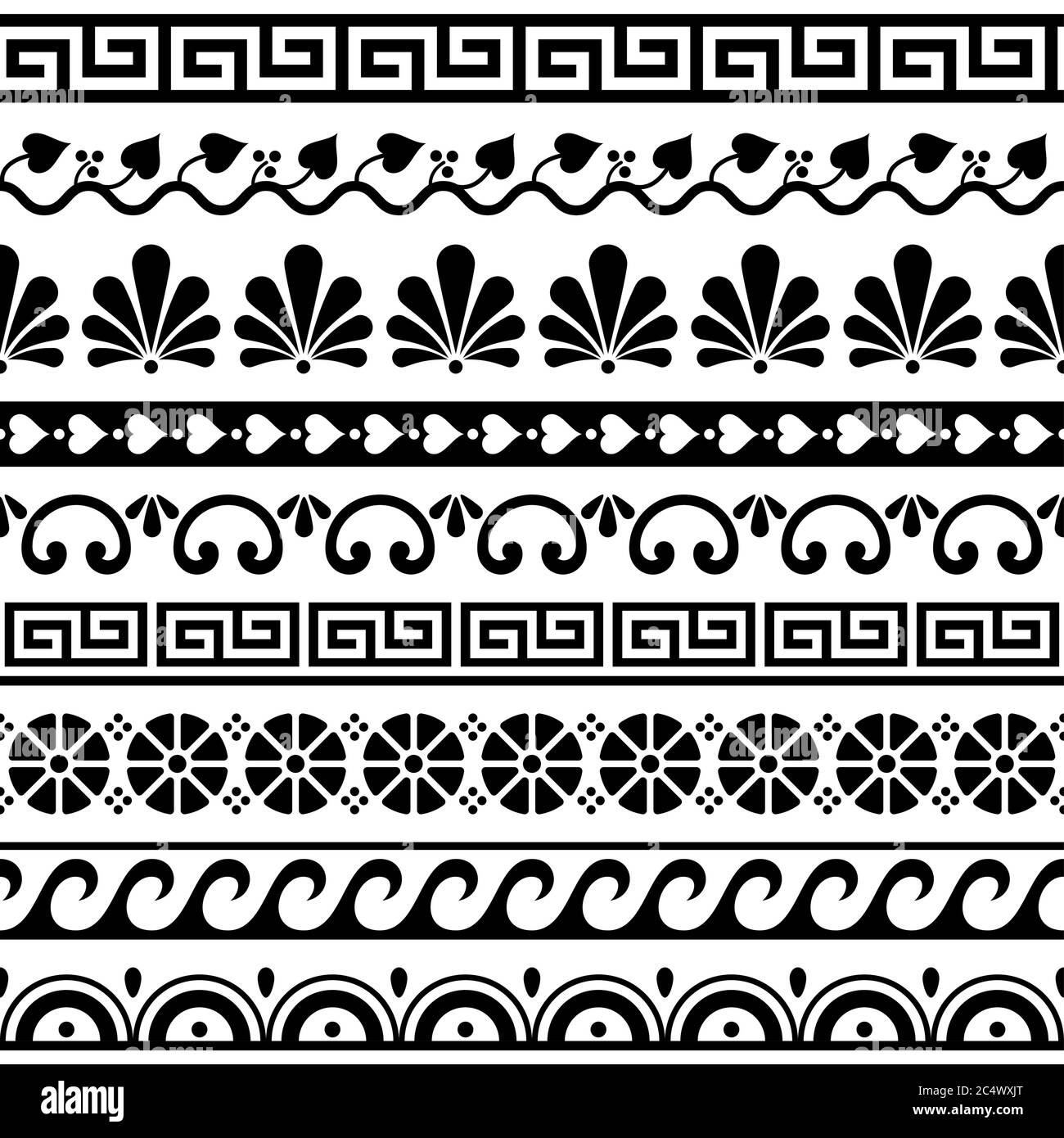Table Of Content
- Temple of Hera, Olympia (590 BCE)
- Greek Architecture – An Exploration of Ancient Greek Structures
- Greek Style Home Interior Design
- Principles of Art – Understanding the Principles of Design in Art
- What Is Landscape Architecture? – The Art of Outdoor Design
- The Great Theater of Epidaurus (c. 4th century BCE)

Large openings, such as sliding doors or panoramic windows, ensure a visual continuity between the interior and the garden, patio, or balcony. Materials like stone, wood, and terracotta are used both indoors and outdoors, further unifying the spaces. The versatility of mosaics allows for customization in design themes, enabling a personal touch that can complement any part of the home, from bathrooms to kitchen islands.
Temple of Hera, Olympia (590 BCE)
By mirroring the Aegean Sea’s captivating hues, blue accents not only enrich the visual palette but also evoke a sense of calm and connection to the Greek maritime landscape. This not only contributes to a visually appealing space but also promotes a calm and serene atmosphere, reminiscent of the tranquil Greek coastline. Whitewashed walls serve as a versatile backdrop, allowing other design elements, such as color and texture, to stand out, providing a canvas that is both grounding and invigorating.
Greek Architecture – An Exploration of Ancient Greek Structures
“Greek temples, though, despite how iconic and numerous they seem, were often not a necessary part of Greek worship,” Dr. Paga adds. The most important element for the ancient religion was the altar, which were located outside of the temple since offerings were burnt on them. “Temples were also depositories of votives, or gifts, brought to the god as thank-you offerings and to ask for their favor. These objects, especially those made of precious materials like bronze or gold, would be stored inside the temple to protect them,” Dr. Paga explains. Ancient Greek temples such as the Parthenon and the Temple of Zeus are today considered ancient wonders of the world.
Greek Style Home Interior Design

The temple not only served as a religious or ritualistic space but also served an administrative role as the treasury for the city. It was converted into a church of the Virgin Mary by Christians in the last ten years of the 6th century. A large part of the temple still remains despite years of damage and pillage, with 16 massive columns still standing. The Athenian tyrants wanted to create the greatest temple in the world and began construction in 521 BCE. It would only be completed 638 years later during the reign of Hadrian, the Roman Emperor in 131 AD.
The ancient Greeks created many structures in the region, ranging from the beautiful temples that were created in dedication to the various gods and goddesses. There were also Greek amphitheaters that were used for entertainment as well as stadiums used for sport spectating and participation. The ancient Greek architects displayed a noticeable preference for marble, particularly for use in the construction of public buildings. In the early 8th century BCE the temples had thatch roofs and were made of wood, but from the 7th century onwards they moved towards more durable materials such as stone, or a mix of the two.
Fountain house
The Greek Designer of the Iconic British Mini Car - GreekReporter.com - Greek Reporter
The Greek Designer of the Iconic British Mini Car - GreekReporter.com.
Posted: Tue, 23 Jan 2024 08:00:00 GMT [source]
We have a lot to thank ancient Greece for—the Olympics, Western medicine, democracy, and, of course, Greek architecture. These designs emphasized perfection over innovation, creating simple yet beautiful structures that are still referenced in modern designs. In this guide from AD, learn about the architectural style developed in ancient Greece, study classical orders, and discover some of the most important examples of Greek architecture, from the Acropolis of Athens to a collection of temples in Italy. The architecture created by the ancient Greeks has managed to stand the ultimate test of time and along the way has influenced almost every single culture and architectural style to follow. In the modern world, we are lucky to still have so many examples of ancient Greek architecture.
Principles of Art – Understanding the Principles of Design in Art
Canopy beds introduce a sense of romance and grandeur reminiscent of ancient Greek living quarters, where drapery and textiles played a significant role in interior décor. In a modern Greek-inspired bedroom, a canopy bed can serve as a dramatic focal point, its flowing fabrics adding texture and a sense of softness to the room. Incorporating herb planters into your Greek interior design not only brings a touch of vibrant greenery into your home but also adds a practical element that harks back to the Mediterranean lifestyle. White dominates the scheme, offering a cool, reflective canvas that amplifies natural light and enhances the sense of space. Accents of vibrant blue breathe life and energy into the design, creating a dynamic interplay of color that mirrors the spirit of Greece itself. Another distinctive contribution of Greek architecture to world culture was the amphitheatre.
These window treatments allow natural light to filter through, softly diffusing it throughout the space and creating a warm, welcoming environment. Greek-inspired interior design is more than just a style; it’s a reflection of a lifestyle that values beauty, simplicity, and harmony with the natural world. At the heart of Greek interior design lies an unwavering commitment to simplicity and functionality, where every element serves a purpose, and aesthetic balance is achieved through uncluttered spaces. The architecture of ancient Greece influenced ancient Roman architecture and became the architectural vernacular employed in the expansive Hellenistic world created in the wake of the conquests of Alexander the Great.
Greek architecture influenced Roman architecture and architects in profound ways, such that Roman Imperial architecture adopts and incorporates many Greek elements into its own practice. An overview of basic building typologies demonstrates the range and diversity of Greek architecture. 900 B.C.E. to the first century C.E., with the earliest extant stone architecture dating to the seventh century B.C.E.
The oldest certain archaeological evidence of theatres dates from the late 6th century BCE but we may assume that Greeks gathered in specified public places much earlier. Indeed, Bronze Age Minoan sites such as Phaistos had large stepped-courts which are thought to have been used for spectacles such as religious processions and bull-leaping sports. Then from the late 6th century BCE we have a rectangular theatre-like structure from Thorikos in Attica which had a temple dedicated to Dionysos at one end. This would suggest it was used during Dionyistic festivals, at which dramas were often presented. However, it was from the 5th century BCE that the Greek amphitheatre took on its recognisable and most influential form. This was an open-air and approximately semi-circular arrangement of rising rows of seats (theotron) which provided excellent acoustics.
Based on the amount of available seating space in the theater, it provided sufficient seating for a capacity of between 13,000 and 14,000 spectators. However, the foundations reveal that several types of porous stone were used in its construction as well as Doric columns made from limestone. The white marble sculptures were placed on friezes that were made from black limestone that had been sourced from Eleusis. The temple was also home to the biggest sculpture in the ancient world, and during the Roman Empire, there was no larger temple in all of Greece.
This durable legacy helps to explain why the ancient Greek architectural orders and the tenets of Greek design are still so prevalent—and visible—in our post-modern world. At Corinth, the stoa persisted as an architectural type well into the Roman period; the South Stoa there, c. From the Hellenistic period onwards, the stoa also lent its name to a philosophical school, as Zeno of Citium originally taught his Stoic philosophy in the Stoa Poikile of Athens. Greek city planners came to prefer the stoa as a device for framing the agora (public marketplace) of a city or town. The South Stoa (c. 700–550 B.C.E.), constructed as part of the sanctuary of Hera on the island of Samos, numbers among the earliest examples of the stoa in Greek architecture. Fifth century B.C.E., housed paintings of famous Greek military exploits, including the battle of Marathon, while the Stoa Basileios (“Royal Stoa”), c.
Column-inspired designs can be subtly integrated into the home through furniture legs that mimic the fluted textures of columns, bookshelves with columnar divisions, or even lamps and candleholders that take on the column’s form. Architectural Greek house design features like pilasters or faux columns can define spaces or create visual interest in a room without the need for structural modifications. Whether it’s a chandelier that casts intricate shadows across the room, a bed frame that balances solidity with grace, or decorative grilles and wall art that add depth and interest, wrought iron brings a unique blend of functionality and artistry. Hand-painted ceramics in a Greek-inspired interior not only add beauty and interest but also create a sense of place, evoking the Mediterranean’s vivid landscapes and rich history. The key is to balance these accents throughout the space, ensuring they enhance rather than overwhelm the room’s aesthetic.
Terracotta pots, often used for these planters, further accentuate the Greek aesthetic, adding warmth and authenticity. The gymnasium (from the Greek term gymnós meaning “naked”) was a training center for athletes who participated in public games. The palaestra (παλαίστρα) was an exercise facility originally connected with the training of wrestlers. These complexes were generally rectilinear in plan, with a colonnade framing a central, open space.
The lightness of linen fabrics allows for gentle movement with the breeze, contributing to the dynamic feel of the interior. Their natural shades of white, beige, and soft earth tones align seamlessly with the Greek-inspired palette, reinforcing the connection to nature and simplicity. Linen textiles are a staple in Greek-inspired interiors, celebrated for their natural, breathable quality that perfectly complements the Mediterranean lifestyle. Choosing linen for curtains, upholstery, bedding, and table linens introduces a texture that is both rustic and refined, enhancing the airy feel of the space while adding a layer of comfort and elegance.
Situated on the northern side of the Acropolis, this famous ancient temple began construction in 421 BCE. It was built in dedication to the goddess Athena as well as Poseidon and is also known as the Erechtheum. Mnesikles is believed to have been the architect for the project and Phidias did the masonry and sculpting for the temple.











